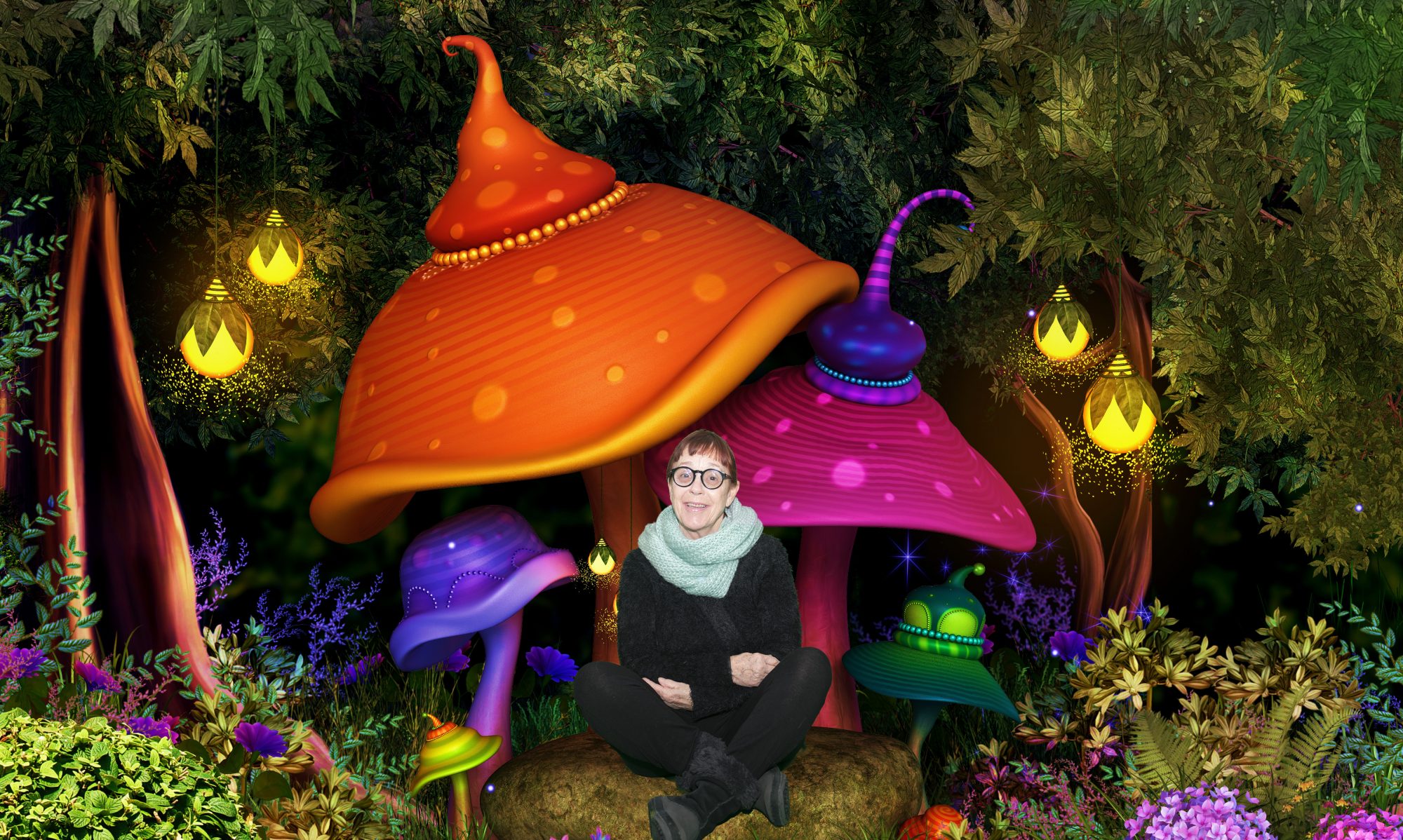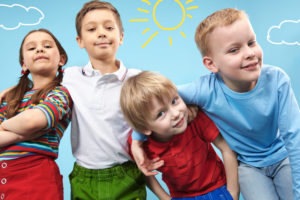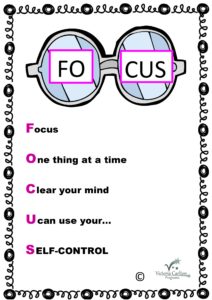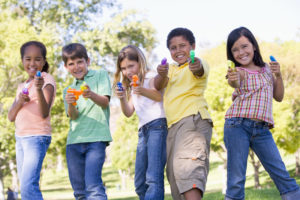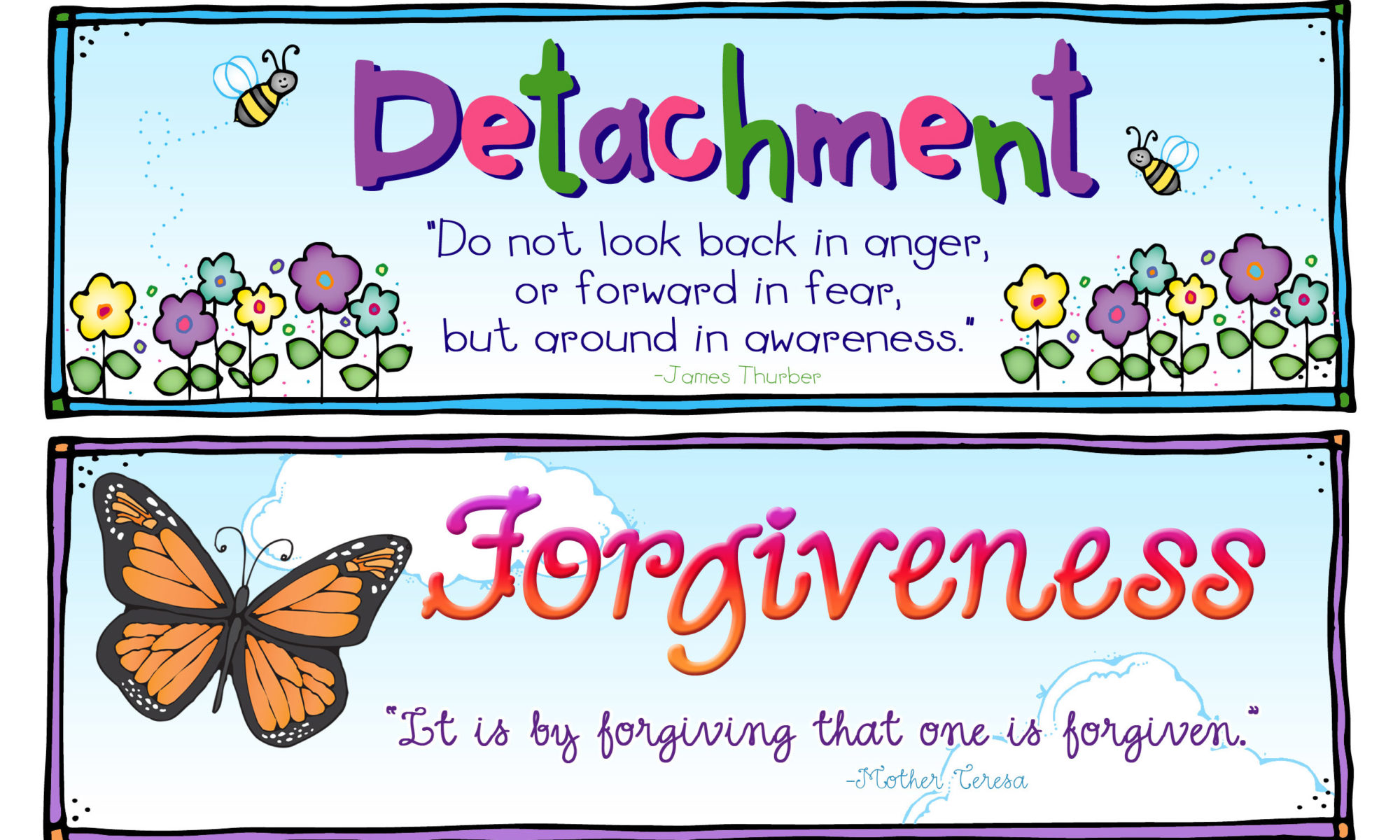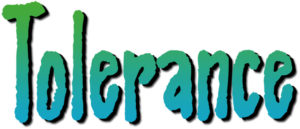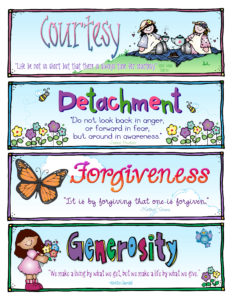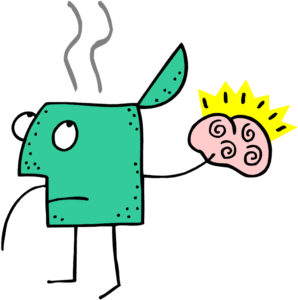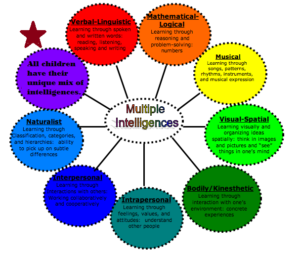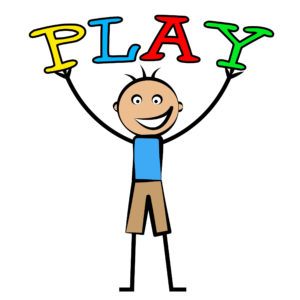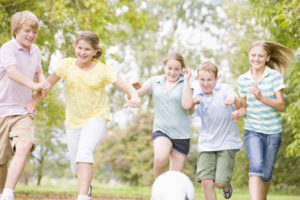I b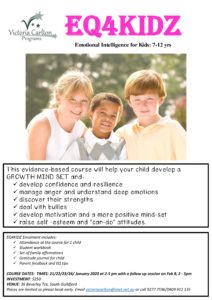 elieve we ALL need a “re-start” sometimes.
elieve we ALL need a “re-start” sometimes.
Children need to feel optimistic and feel they can get back on track.
We have written a transformational and very effective course to help children develop GROWTH MIND-SETS. This has been fully researched and shown to be highly successful.
We call it EQ4KIDZ and we have developed specific strategies to help children grow their resilience, confidence, positive outlooks and much more.
We help them develop a sense of gratitude about themselves and what they already have and then we help them to set realistic goals.
We also help children develop planning procedures and show them how to view life from the glass half full perspective.
Children are helped to be assertive, determine their strengths and weaknesses and to realise we are ALL smart! (But often in very different ways)
All attending children are taken through a process to help them determine their stronger and weaker intelligences, so they know how to strengthen their academic strengths by harnessing their strengths and talents!
Optimism can be taught but needs careful planning and persistence.
Both teachers and parents need to model optimistic behaviours by using positive language and actions. See this link for ideas to achieve this!
http://www.ahaparenting.com/parenting-tools/emotional-intelligence/optimism
There are great benefits to be had (for both children and parents) by adopting more optimistic outlooks. In our experience, children with positive outlooks are healthier, more resilient and tend to reach higher academic outcomes as they don’t allow negative self-talk to stop them! This is worth exploring:
http://stress.about.com/od/optimismspirituality/a/optimismbenefit.htm
Martin Seligman, the great expert in this area puts it so well:
We believe these skills can be taught at any age and will benefit children for the rest of their lives. Call us on 0409911135 or 92777596 or email me on victoriacarlton@iinet.net.au for a comprehensive flyer about this course. Our next EQ4KIDZ course will commence next Tuesday: 21-1-20
